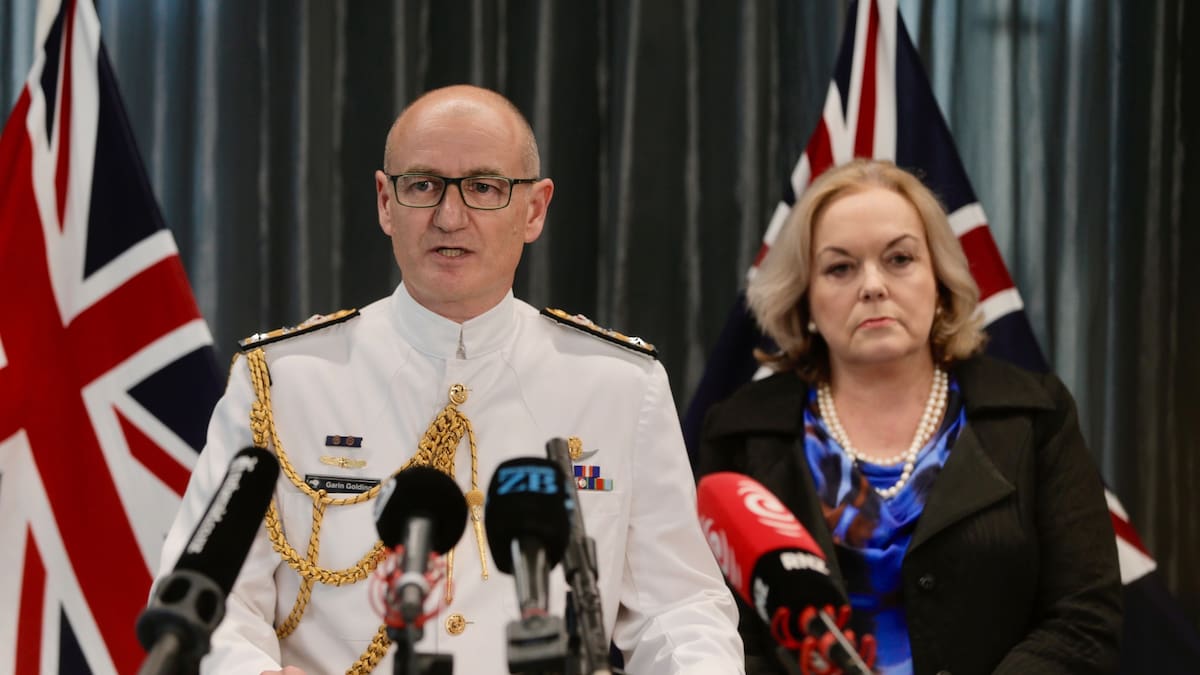…He said the crew did not realise Manawanui remained in autopilot and, mistakenly believed its failure to respond to direction changes was the result of a thruster control failure…
Hows that for a work story… I’ve had some bad days at the office, but they have not resulted in the loss of a $100 million dollar piece of equipment.
Yeah, that’s not very typical. l’d like to make that point.
Ah, but the front didn’t fall off. That is very typical.
NZ and ship autopilot just aren’t working together well are they?
Heh, if I remember right at least the KiwiRail crew knew the autopilot was on, they just didn’t know how to override it didn’t they?
Yes but its probably the same causal factors - people being placed in command of vessels they don’t actually understand how to operate.
We always were a maritime nation until sailing became closer to flying and programming.
I’d say the problem was the decline of our domestic shipping industry post 80s. It’s a real shame, we’re a long, skinny, quite mountainous country with lots of coast and good harbours dotted about in convenient locations - we could be like Norway or Japan and have great coastal shipping and passenger ferries if we wanted. But no.
Id argue that would be great for the 80s, but rail would probably suit us better for the north island and much of the south.
Easier to automate, can include non-costal towns and cities on a more regular basis, and can be electrified much easier. What would be even better is a hybrid system, especially one that could mitigate that pesky cook straight.
I really like rail, and agree that it has a lot of benefits; but road and rail isolation due to land movement, bridge damage etc from natural disasters is likely to be increasingly common and expensive to recover from. Ports can also get damaged, but the sea paths between are obviously difficult to close and getting a port serviceable in most disasters is likely to be easier too.
Even despite that I have a strong preference for re-opening a lot of the under utilised rail and removing effective road freight subsidy while legislating max distances to get freight off the road onto more energy efficient options (rail & coastal shipping). It would obviously be expensive, but so is maintaining roads at a standard for the speed and size of trucks that have been allowed since 2014 - so its really a matter of choice. And that’s before I even start talking about the possibilities for low-no emission passenger rail vs flying.
But, if we accept that no National or Labour led neo-liberal economics government is ever going to budget to reinstate rail to anything like it used to be pre 80s, then we can probably only maintain a handful of major routes for freight (setting aside all the other existing rail that either are already, or could be more heavily utilised for passenger):
- Napier-Palmerston North-New Plymouth (relabelling the Marton-New Plymouth & the Palmerston North-Gisborne lines)
- Hamilton-Tauranga
- Wellington-Palmerston North-Waikato-Auckland-Whangarei
- Invercargill-Dunedin-Christchurch
- Greymouth-Christchurch
That gives 3 routes West-East across the country, and 2 that go North-South and links all of the container ports to inland distribution centres. If someone who understands transport better than me can explain why putting freight on rail up to Picton to then take it off, truck it onto a ferry, then back onto a train in Wellington is still good then maintaining the Main North Line for freight would be good too.
Seems like a poorly designed autopilot, I would’ve thought it should disengage with any user input.
On the face of it that does sound logical, but seemingly it must be common in large vessels* so i’d assume there’s a reason for it that as a pleb I have no idea about.
*from a sample size of 1 fairly large ferry and an NZ Navy ship.
Whatever the reason for not having it cancel seems less important than not crashing a ship 😅
Oh, jesus christ.
I’m starting to think the marine industry needs to take a good, hard look at the helm and autopilot systems in use, it sounds like they’re far more difficult to operate than they need to be.
It’s also been a major factor in two different vessel groundings, just with NZ flagged vessels.
I think a well designed system should have a reminder alert that rings if autopilot is enabled and then the controls get moved around a lot.
Given that this was also a factor in the grounding of one of the Interislander ferries recently, I’m thinking autopilot systems are much more complex than they need to be.
There is a pretty good video about the details of the sinking, and some of the issues that may have contributed to the situation. https://www.youtube.com/watch?v=BNx5V4GmSdE
Hey I’ve had this video sitting around waiting for me to watch it, I finally got around to it. It’s a great video, does a great job of summarising the announcement, explaining how the ship works, and discussing potential causes and problem points.
Thanks for posting it!
Why doesn’t the maritime industry take cues from the aviation industry as they have worked out a rather simple solution in response to several losses of planes due to similar issues.
Have auto pilot that disengages with sustained mass input of the controls with an accompanying audio alert of “autopilot disengaged, manual control, autopilot disengaged, manual control”.
I can’t believe they’re covering up more of Lightning God Thor’s antics, again.





